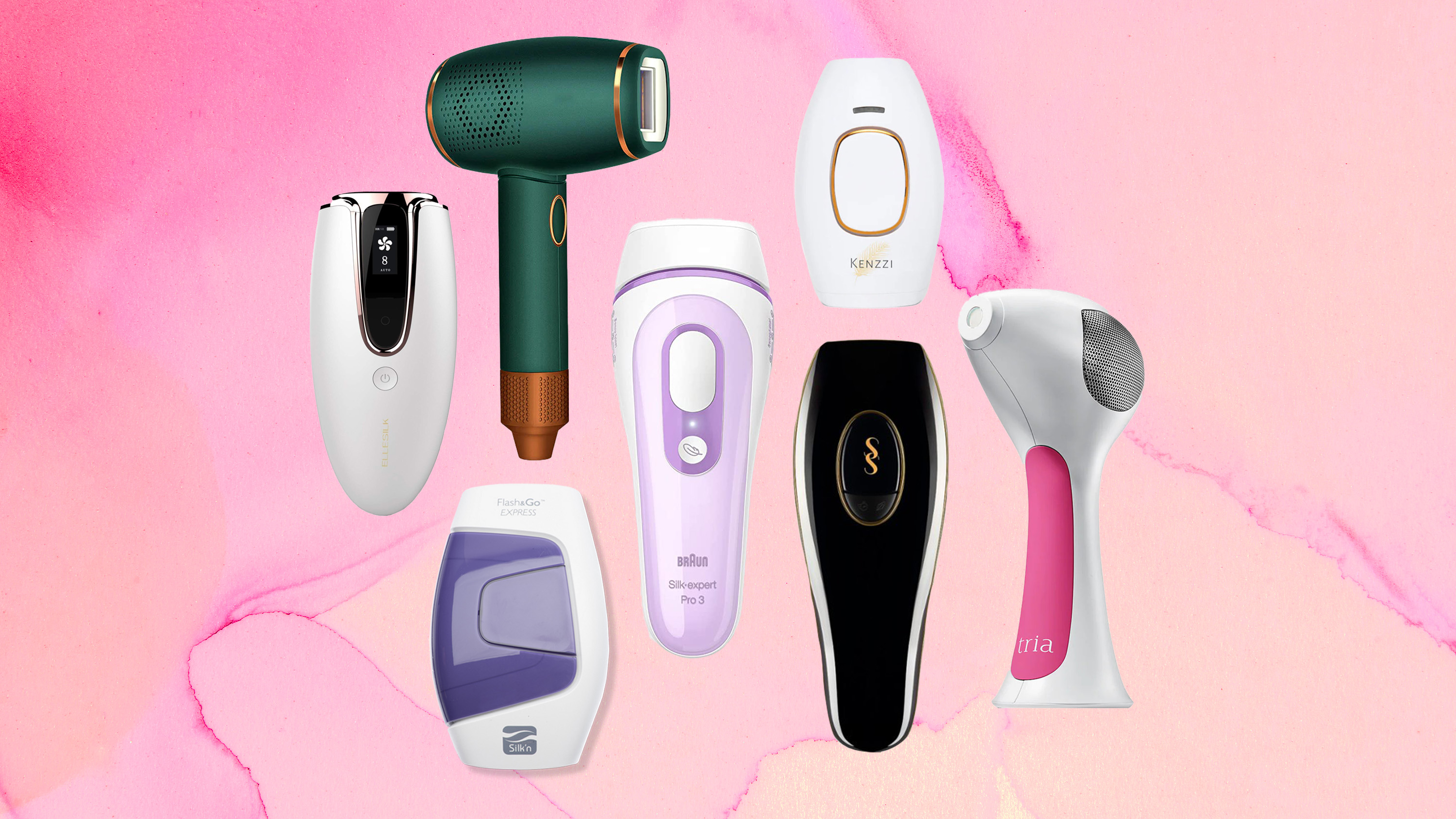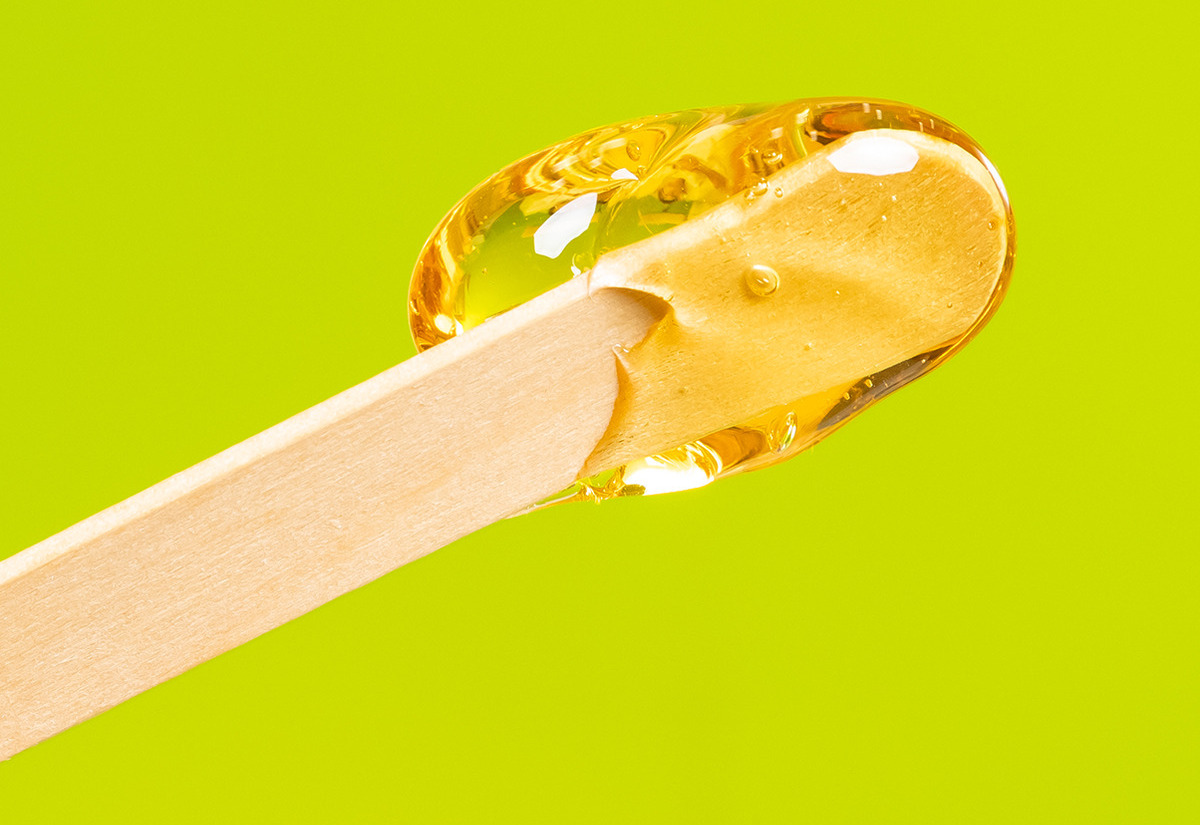

FAQs
What Is The Best Method Of Hair Removal
Modified: August 5, 2023
Looking for the best method of hair removal? Find answers to general questions about effective hair removal techniques in this comprehensive guide.
(Many of the links in this article redirect to a specific reviewed product. Your purchase of these products through affiliate links helps to generate commission for Under-tec.com, at no extra cost. Learn more)
Table of Contents
Introduction
Unwanted body hair is a common concern for many individuals, and the quest for effective hair removal methods is ongoing. Whether it’s for aesthetic or practical reasons, finding the best method of hair removal is a personal choice that depends on factors such as convenience, budget, and desired results.
In today’s beauty industry, there are various hair removal options available, each with its own advantages and disadvantages. Some methods offer temporary results, while others provide long-lasting or even permanent hair reduction. It’s important to understand the different techniques and their implications before deciding which one suits your needs best.
In this article, we will explore some of the most popular methods of hair removal, including shaving, waxing, sugaring, depilatory creams, laser hair removal, and electrolysis. We will discuss their pros and cons, effectiveness, safety considerations, and the level of pain or discomfort associated with each method. By providing you with this information, we aim to assist you in making an informed decision about which hair removal method to choose.
Please keep in mind that everyone’s hair removal preferences and experiences may vary. What works well for one person may not yield the same results for another. It’s always recommended to consult with a professional or dermatologist before undergoing any hair removal treatment, especially if you have any underlying skin conditions or sensitivities.
Now, let’s dive into the different hair removal methods and explore the intricacies of each one.
Shaving
Shaving is one of the most common and widely accessible methods of hair removal. It involves using a razor or electric shaver to cut the hair off at the skin’s surface. Shaving is popular because it provides quick and painless results. It can be done on various parts of the body, including the face, legs, underarms, and bikini area.
Pros of shaving:
- Convenience: Shaving can be done in the comfort of your own home and doesn’t require any professional assistance.
- Affordability: Razors and shaving creams are relatively inexpensive compared to other hair removal methods.
- Painless: Shaving is generally painless, although there is a minor risk of nicks and cuts if not done carefully.
Cons of shaving:
- Regrowth: Since shaving only removes hair at the surface, it can result in quicker regrowth compared to other methods.
- Prone to irritation: Some individuals may experience skin irritation, razor burn, or ingrown hairs after shaving.
- Frequent maintenance: Shaving needs to be done regularly to maintain smoothness, especially for areas with fast hair growth.
To achieve a successful shave, it’s important to use a sharp razor, lubricate the skin with shaving cream or gel, and shave in the direction of hair growth to minimize irritation. It’s also advisable to replace razors regularly to avoid dull blades that can cause more irritation and cuts.
While shaving is a convenient and budget-friendly option, it may not be suitable for individuals with sensitive skin or those looking for longer-lasting results. However, it can be a quick fix for temporary hair removal in a pinch.
Waxing
Waxing is a popular method of hair removal that involves applying warm or cold wax to the skin and then removing it along with the hair. It is commonly done in beauty salons or can be performed at home using waxing kits. Waxing is effective in removing hair from various areas of the body, including the eyebrows, upper lip, legs, and bikini area.
Pros of waxing:
- Longer-lasting results: Waxing removes hair from the root, which means it takes longer for the hair to grow back compared to shaving.
- Thinner regrowth: As waxing weakens the hair follicles over time, the regrowth tends to be finer and softer.
- Smooth skin: Waxing provides a smooth and even finish, as it removes dead skin cells along with the hair.
Cons of waxing:
- Pain or discomfort: Waxing involves pulling the hair from the root, which can cause temporary pain or discomfort, especially for those with sensitive skin.
- Requires regrowth: For effective waxing, hair needs to be a certain length for the wax to grip it properly. This means waiting for some regrowth before getting another waxing session.
- Potential skin irritation: Some individuals may experience redness, inflammation, or ingrown hairs after waxing.
It’s important to note that waxing is not recommended for those with certain skin conditions, sunburned skin, or individuals on certain medications. It’s always best to consult with a professional esthetician or dermatologist before attempting waxing, especially if you are new to the process.
While waxing may be initially more painful than shaving, many individuals find that the longer-lasting results and smoother skin make it worth the discomfort. With regular waxing sessions over time, hair regrowth can become sparser, making waxing a popular choice for those seeking semi-permanent hair removal.
Sugaring
Sugaring is a hair removal method similar to waxing that uses a sticky paste made of sugar, water, and lemon juice. It has been used for centuries and is considered a natural, gentle alternative to traditional waxing. Sugaring effectively removes hair from different parts of the body, including the face, arms, legs, and bikini area.
Pros of sugaring:
- Gentle on the skin: The sugaring paste is made from natural ingredients, making it suitable for individuals with sensitive skin or those prone to allergies.
- Less painful: The sugaring technique involves applying the paste against the hair growth and pulling it off in the direction of hair growth, resulting in less discomfort compared to traditional waxing.
- Easier cleanup: Unlike wax, the sugaring paste is water-soluble, making it easy to clean up any residue with warm water.
Cons of sugaring:
- Requires hair length: Just like waxing, hair needs to be a certain length to achieve successful sugaring results, which means allowing for some regrowth.
- Learning curve: Sugaring may require practice and technique to master, especially for those attempting it at home.
- Not suitable for all hair types: Extremely fine or short hair may not adhere well to the sugaring paste, making it less effective.
Sugaring is considered a more natural and environmentally-friendly alternative to traditional waxing. The paste is made from simple ingredients and does not contain any chemicals or resins. Many people also find that sugaring results in less irritation and ingrown hairs compared to waxing.
It’s important to note that sugaring may not be readily available in all areas or salons, so it might require some research to find a reputable esthetician who offers sugaring services. For those who prefer a DIY approach, there are also commercially available sugaring kits that allow you to attempt sugaring at home.
Overall, sugaring is a gentle and effective hair removal method that offers similar benefits to traditional waxing but with potentially less pain and skin irritation.
Depilatory Creams
Depilatory creams, also known as hair removal creams, are chemical-based products that work by breaking down the structural proteins in the hair, allowing it to be easily wiped or rinsed away. These creams are typically applied to the skin and left on for a specified amount of time before being removed with a spatula or rinse with water. Depilatory creams can be used on various parts of the body, including the legs, arms, underarms, and bikini area.
Pros of depilatory creams:
- Convenience: Depilatory creams are easy to use and can be applied in the comfort of your own home.
- Efficiency: Depilatory creams can remove hair quickly and effectively, often in a matter of minutes.
- Painless: Depilatory creams generally do not cause any pain or discomfort during the hair removal process.
Cons of depilatory creams:
- Strong chemical odor: Depilatory creams often have a strong, unpleasant odor due to their chemical composition.
- Potential skin irritation: Some individuals may experience skin irritation, redness, or allergic reactions to the ingredients present in depilatory creams.
- Short-term results: The hair removal effects of depilatory creams are temporary, as they only remove the hair at the surface level.
It is important to follow the instructions provided with the depilatory cream and perform a patch test on a small area of skin before applying it to larger areas. This will help identify any potential adverse reactions and ensure the product is suitable for your skin type.
Depilatory creams can be a convenient option for those who prefer a quick and painless hair removal method. However, it’s essential to consider the potential risks and limitations associated with these products. If you have sensitive skin or a history of allergies, it is advisable to consult with a dermatologist before using depilatory creams.
Depilatory creams are readily available at most drugstores and beauty supply stores. It is important to choose a reputable brand and carefully read the instructions and warnings provided on the packaging.
Overall, depilatory creams offer a convenient and hassle-free method of hair removal, suitable for those looking for temporary results without any pain or multiple steps involved.
Laser Hair Removal
Laser hair removal is a popular method that uses concentrated beams of light to target and destroy hair follicles. This treatment is performed by a trained professional using a specialized laser device. The laser energy is absorbed by the pigment in the hair follicles, which damages them and inhibits further hair growth. Laser hair removal is most commonly used on the face, underarms, legs, bikini area, and back.
Pros of laser hair removal:
- Long-lasting results: Laser hair removal can provide long-term hair reduction, with some individuals experiencing permanent hair loss after multiple sessions.
- Precision: The laser can selectively target dark, coarse hair while leaving the surrounding skin undamaged.
- Speed: Laser hair removal can treat multiple hair follicles simultaneously, making it a relatively quick procedure compared to other methods.
Cons of laser hair removal:
- Cost: Laser hair removal can be more expensive than other hair removal methods, as multiple sessions are usually required for optimal results.
- Not suitable for all hair and skin types: Laser hair removal is most effective on individuals with lighter skin tones and darker hair, as the laser targets the pigment in the hair follicles. It may not be as effective on light-colored or fine hair.
- Potential side effects: Some individuals may experience temporary side effects such as redness, swelling, or pigmentation changes after laser hair removal.
Laser hair removal typically requires a series of sessions spaced a few weeks apart to achieve optimal results. The number of sessions needed depends on various factors, including the target area, hair thickness, and individual response to the treatment.
It’s crucial to choose a reputable and experienced practitioner when considering laser hair removal. They will assess your skin and hair type, discuss any potential risks or limitations, and create a personalized treatment plan to meet your specific needs.
While laser hair removal offers long-lasting results, it’s important to understand that it is not a one-time permanent solution. Over time, new hair follicles may develop, and maintenance sessions may be required to sustain the desired level of hair reduction.
Overall, laser hair removal is a popular choice for individuals seeking long-term hair reduction. It offers precise targeting, efficiency, and the potential for permanent hair loss, making it a worthwhile investment for those looking to minimize or eliminate unwanted hair.
Electrolysis
Electrolysis is a method of hair removal that uses electric currents to destroy the hair follicles individually. This process is performed by inserting a tiny, sterile needle into each hair follicle and delivering a mild electrical current to damage the follicle, preventing future hair growth. Electrolysis is a highly effective method for permanent hair removal and can be used on various body parts, including the face, arms, legs, and bikini area.
Pros of electrolysis:
- Permanent hair removal: Electrolysis is the only FDA-approved method for permanent hair removal. It can successfully eliminate hair follicles, preventing further hair growth in the treated areas.
- Suitable for all hair and skin types: Electrolysis works for all hair and skin types, making it a versatile option for individuals who may not be suitable candidates for other methods.
- Precision: Electrolysis can target individual hair follicles, allowing for precise hair removal without affecting the surrounding skin.
Cons of electrolysis:
- Time-consuming: Electrolysis is a meticulous process that treats each hair follicle individually, which means it can be time-consuming, especially for larger areas.
- Potential discomfort: The sensation during electrolysis is often described as a tingling or pricking sensation, which some individuals may find uncomfortable.
- Requires multiple sessions: Achieving permanent hair removal through electrolysis typically requires multiple sessions, as the treatment needs to target each hair follicle in its growth cycle.
It’s important to note that electrolysis should be performed by a trained and licensed electrologist. They will assess your hair and skin type, discuss the treatment plan, and ensure that the procedure is conducted safely and effectively.
Electrolysis sessions can vary in duration depending on the size of the treatment area and the density of hair. It’s important to commit to the recommended number of sessions and follow the aftercare instructions provided by the electrologist for the best results.
While electrolysis offers permanent hair removal, it requires patience and commitment, as it may take several sessions to achieve the desired outcome. However, the investment can be worthwhile for those seeking a long-term solution to unwanted hair.
Overall, electrolysis is a highly effective method for permanent hair removal. It provides precision, versatility for all hair and skin types, and the potential for long-lasting results, making it a popular choice for individuals looking for permanent hair removal solutions.
Conclusion
When it comes to hair removal, there are various methods available, each with its own set of advantages and disadvantages. Choosing the best method depends on personal preferences, budget, desired results, and factors such as skin type, hair thickness, and pain tolerance.
Shaving offers a quick and painless solution, but it requires frequent maintenance. Waxing and sugaring provide longer-lasting results, with sugaring being a natural alternative to traditional waxing. Depilatory creams offer convenience but provide temporary hair removal. Laser hair removal offers the potential for permanent hair reduction, while electrolysis is the only FDA-approved method for permanent hair removal.
Ultimately, the best method of hair removal is the one that aligns with your preferences and needs. It’s important to consider factors such as time commitment, budget, skin sensitivity, and desired level of hair reduction when making a decision.
If you’re unsure which method to choose, it’s always beneficial to consult with a professional esthetician or dermatologist. They can assess your individual needs, recommend the most suitable method, and guide you through the process to ensure safe and effective hair removal.
Remember, everyone’s experience with hair removal methods can vary, so it’s essential to find what works best for you. Whether you opt for the convenience of shaving, the longer-lasting results of waxing, or the potential permanency of laser hair removal or electrolysis, finding the right hair removal method can help you achieve smooth, hair-free skin and boost your confidence.






